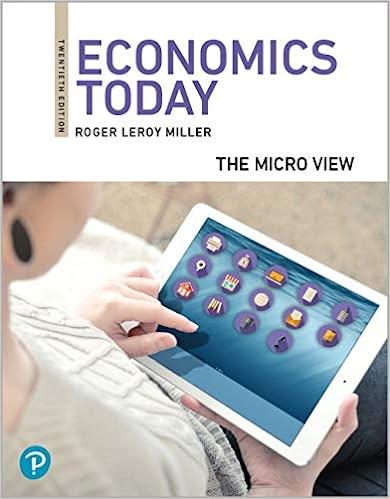Supply-side economics has a long history, dating back to at least the fourteenth century. The greatest of
Question:
Supply-side economics has a long history, dating back to at least the fourteenth century. The greatest of medieval historians, Abu Zayd Abd-ar-Rahman Ibn Khaldun (1332–1406), included in his book, The Muqaddimah (1377), an Islamic view of supply-side economics. He pointed out that “when tax assessments . . . upon the subjects are low, the latter have the energy and desire to do things. Cultural enterprises grow and increase….(Therefore) the number of individual imposts (taxes) and assessments mounts.” If taxes are increased in both size and rates, “the result is that the interests of subjects in cultural enterprises disappears, because when they compare expenditures and taxes with their income and gain and see little profit they make, they lose all hope.” Ibn Khaldun concluded that “at the beginning of a dynasty, taxation yields large revenue from small assessments. At the end of a dynasty, taxation yields small revenue from large assessments.”
How do this Islamic scholar’s theories apply to the modern world?
Step by Step Answer:






